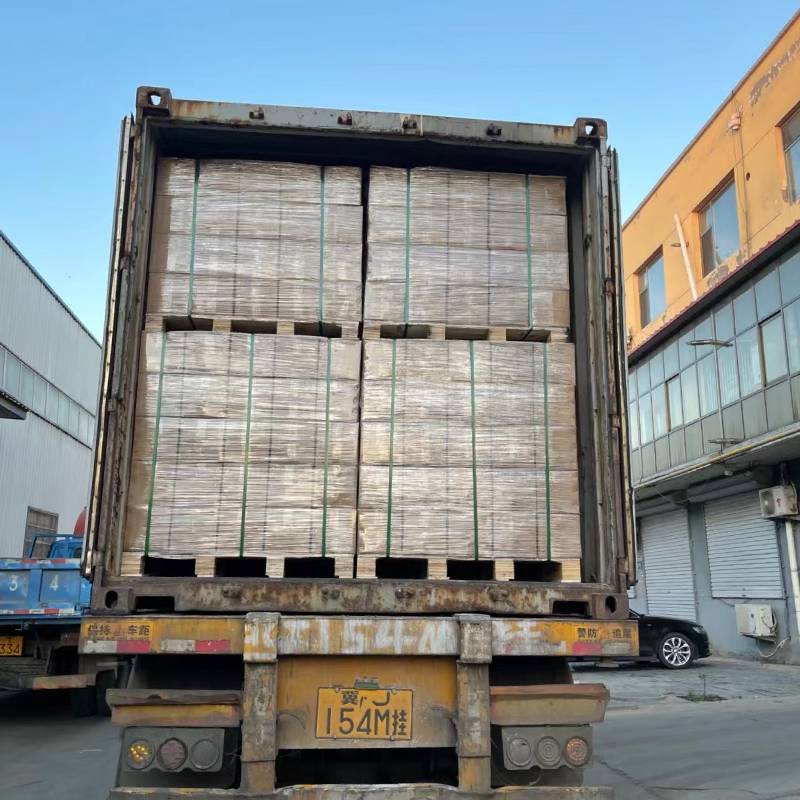
- Mobile Phone
- +8613931874955
- sales@cntcmetal.com
bricklaying wall ties
Understanding Bricklaying Wall Ties Significance and Installation
Bricklaying is an essential skill in the construction industry, fundamental for building structures ranging from homes to commercial edifices. Among the various components that contribute to the durability and stability of brick walls, wall ties play a crucial role. Understanding what wall ties are, their significance, and how they should be installed is imperative for anyone involved in bricklaying or construction.
What are Wall Ties?
Wall ties are metal or plastic components used to connect two separate walls, typically a brick outer wall to a masonry or concrete inner wall. Their primary function is to provide structural support, ensuring that the two walls act as a cohesive unit. This connection is vital for maintaining the integrity of the structure, especially in areas prone to lateral forces such as wind or seismic activity.
Wall ties can come in various shapes and sizes, depending on the requirements of the building code and the type of walls being constructed. Common materials for wall ties include stainless steel, galvonized steel, and sometimes plastic, each offering different levels of strength and corrosion resistance.
The Importance of Wall Ties
The significance of wall ties cannot be overstated when it comes to ensuring the safety and stability of a building. Without proper wall ties, the outer brick veneer may become detached from the inner wall, leading to several issues
1. Structural Integrity Wall ties help maintain the alignment and structural integrity of the walls, reducing the risk of bulging, cracking, or even complete wall failure.
2. Moisture Control Properly installed wall ties also assist in moisture management. They help establish a ventilated cavity between the two walls, reducing the risk of dampness and mold growth within the structure.
3. Energy Efficiency A well-constructed brick veneer, aided by effective wall ties, can enhance the thermal performance of a building, contributing to energy savings.
bricklaying wall ties

Installation of Wall Ties
To ensure that wall ties function effectively, proper installation is critical. Here are some essential steps to consider during the bricklaying process
1. Choosing the Right Type Select the appropriate type of wall tie based on the specific building requirements and the materials used in the construction of inner and outer walls.
2. Spacing Wall ties must be installed at proper intervals to provide adequate support. Building codes usually dictate the spacing, which typically ranges from 600mm to 900mm horizontally and 450mm vertically.
3. Positioning Wall ties should be placed at a position that aligns with the center of the cavity, allowing them to effectively connect both walls. Care should be taken to avoid placing them too close to the edges of the brickwork to prevent compromising the wall's strength.
4. Orientation Install the ties in a way that they slope downward toward the outer wall. This orientation helps ensure that any potential moisture penetration can drain away from the inner wall.
5. Take Care with Installation When installing wall ties, ensure that they are well-anchored and integrated securely into the mortar joints. Loose ties can lead to structural failures.
6. Regular Inspection After installation, regular inspections should be conducted to ensure that the wall ties are intact and functioning as intended over the years.
Conclusion
In summary, wall ties are a vital component in bricklaying, contributing to the structural stability and longevity of buildings. Proper understanding and installation are key to maximizing their effectiveness. Professionals and DIY enthusiasts alike should recognize the importance of wall ties in ensuring safe and durable brickwork. By adhering to best practices in installation and maintenance, the risks associated with unsecured brick facades can be significantly mitigated, paving the way for structurally sound and resilient buildings.
share:
-
Why Sacrificial Formwork Is Redefining Underground ConstructionNewsJun.06,2025
-
The Structural Dynamics of Modern Concrete: How Snake Spacers Revolutionize Flexible ReinforcementNewsJun.06,2025
-
Snake Spacers Smart-Lock Concrete Reinforcement with Surgical PrecisionNewsJun.06,2025
-
Snake Spacers: Reinforcement Precision for Modern Concrete ProjectsNewsJun.06,2025
-
Snake Spacers Powering Concrete's Structural DNANewsJun.06,2025
-
Slither into Success: Snake Spacers' Precision Bite for Unbreakable ReinforcementNewsJun.06,2025
-
Sacrificial Formwork: Building Stronger, Faster, and Safer StructuresNewsJun.06,2025



















